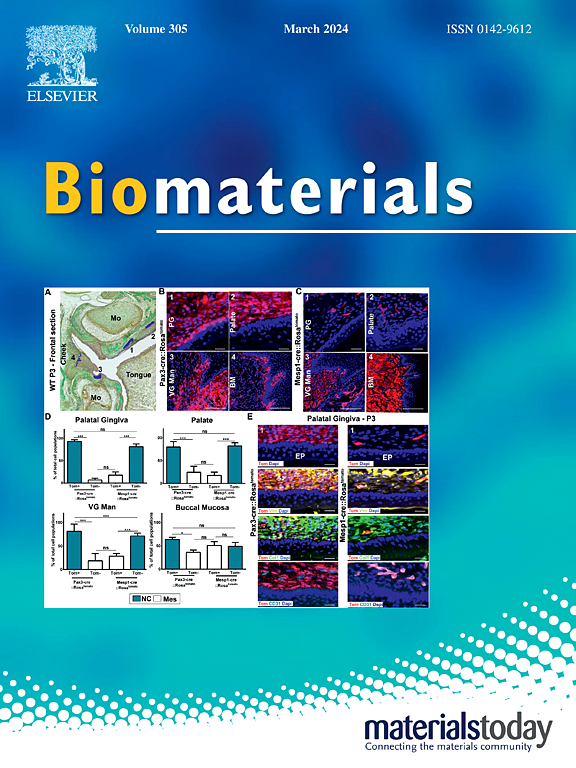Exosomes derived from immunogenically dying tumor cells as a versatile tool for vaccination against pancreatic cancer
Abstract
Despite tremendous progress achieved in immunotherapy, many critical challenges in treating pancreatic ductal adenocarcinoma (PDAC) persist. Considering the poor vascularization of PDAC, after intramuscular administration exosomes can targeted deliver “cargos” to pancreatic tumors and bypass obstructions of the intrinsic overexpressed stroma through lymphatics. Herein, we propose a strategy to derive exosomes from immunogenically dying tumor cells and exploit their properties for several purposes, including antigen presentation, adjuvant supply, and “cargo” delivery of vaccines against pancreatic cancer via intramuscular injection. To enhance the immunostimulatory effects, the MART-1 peptide is modified to the exosomes to expand T-cell-related responses. Furthermore, CCL22 siRNA is electroporated into the exosomes (referred to as spMEXO) to hinder the CCR4/CCL22 axis between DCs and Tregs, thereby suppressing Treg expansion. Both in vitro and in vivo studies demonstrate that spMEXO can serve as an effective prophylactic vaccine to delay tumor growth, whereas combining spMEXO with PDAC first-line chemotherapeutics (co-administration of gemcitabine with albumin-paclitaxel) demonstrated significantly enhanced therapeutic effects in established PANC-02 tumors. Therefore, the present work provides an effective strategy to employ cancer vaccines through intramuscular injection in PDAC and highlights the potential of exosomes derived from immunogenically dying tumor cells as a versatile tool to develop nanovaccines for immunotherapy.

 求助内容:
求助内容: 应助结果提醒方式:
应助结果提醒方式:


